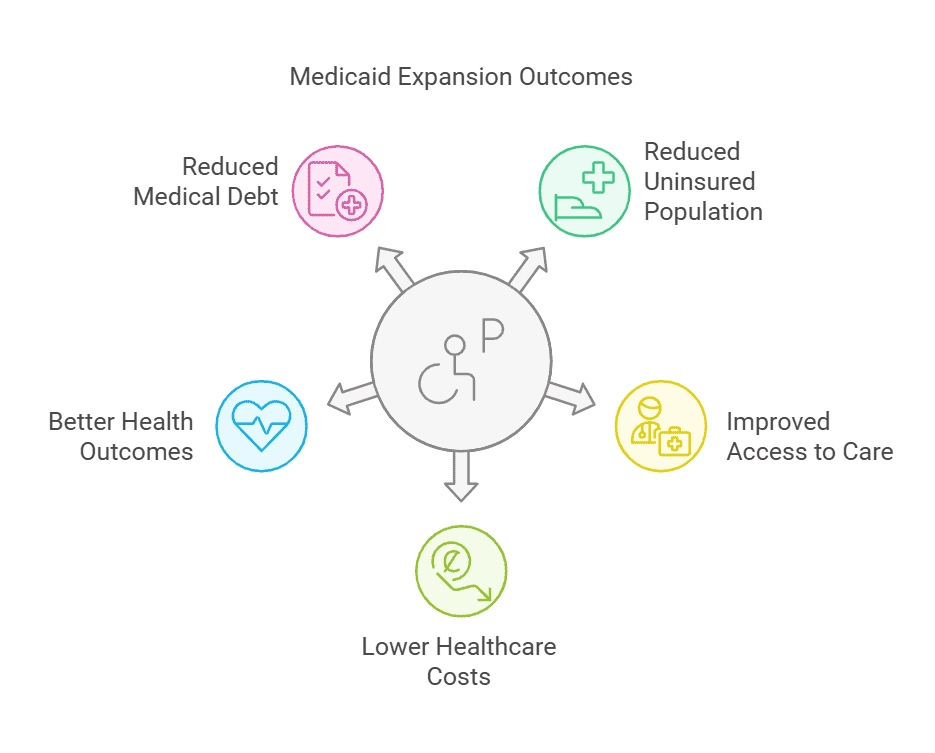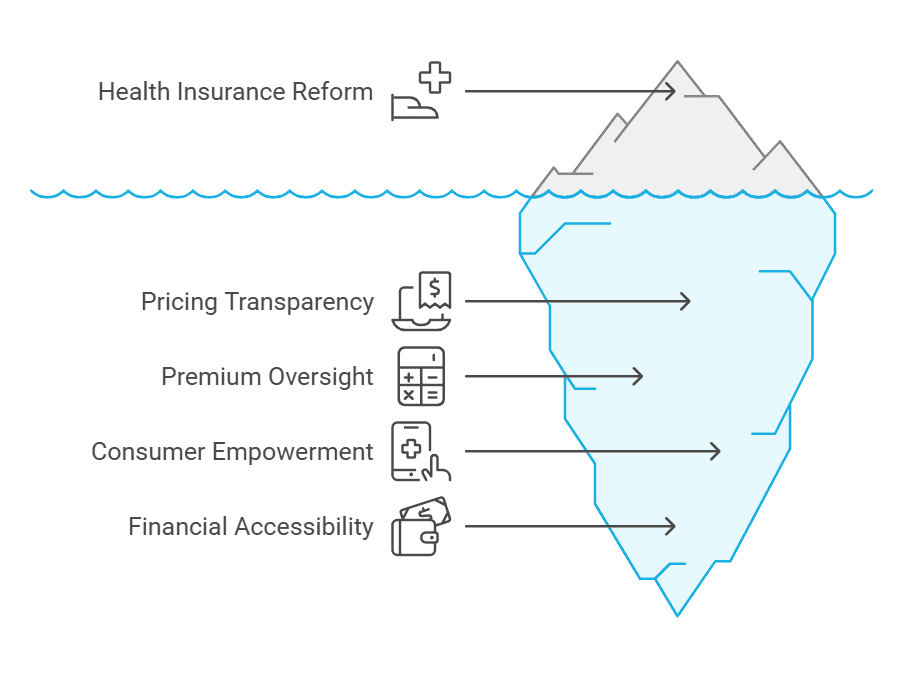Healthcare insurance is vital to providing access to necessary medical care, but with the ongoing evolution of the healthcare system, legislative and regulatory changes play an essential role in shaping its future. In 2024, significant updates to healthcare regulations aim to increase accessibility, reduce costs, and address challenges related to the availability and affordability of coverage. In this article, we will delve into the key regulatory updates, new state regulations, and the federal government’s efforts to improve healthcare insurance options.
Key Regulatory Changes in Healthcare Insurance for 2024

Medicaid Expansion: More States Join the Initiative
Medicaid, a cornerstone of affordable healthcare, has expanded further in 2024. States like South Dakota and North Carolina have extended eligibility to individuals earning up to 138% of the federal poverty level, granting millions of Americans access to vital healthcare services.
Why Medicaid Expansion Matters:
- Reduces the uninsured population and improves access to comprehensive care, including hospital visits, doctor appointments, and preventive services.
- Proven to lower overall healthcare costs by minimizing reliance on emergency rooms for basic care.
States that have expanded Medicaid report fewer disparities in healthcare access, better health outcomes, and lower rates of medical debt among residents.
Affordable Care Act (ACA) Subsidy Enhancements
The ACA’s premium subsidies, initially expanded under the American Rescue Plan, have now been made to extend until the end of 2025. These subsidies cap the percentage of income spent on premiums, ensuring low- and middle-income households can afford coverage.
Impact of Subsidies:
- Increases affordability for those who don’t qualify for Medicaid but find private insurance challenging to afford.
- Helps families access comprehensive plans through the Health Insurance Marketplace without compromising on essential benefits.
Public Health Insurance Options
In 2022, Colorado launched its public option and Nevada is on track to offer their public option in 2026. These state-run plans offer a low-cost alternative to private insurance while driving competition in the private market to lower premiums.
Key Benefits of Public Options
- Targets individuals who don’t qualify for Medicaid but struggle with private insurance premiums.
- Offers affordable premiums and competitive coverage, providing a critical solution for those in the “coverage gap.”
Impact of Legislative Changes on Private Health Insurance Providers

Pricing Transparency and Consumer Protection
New federal regulations now require private insurers to disclose upfront pricing for medical services and treatments.
Why This Matters:
- Empowers consumers to make informed decisions by comparing costs and benefits across plans.
- Ensures private insurers meet minimum standards for essential health benefits, including maternity care, mental health services, and emergency coverage.
Stricter Oversight of Premiums and Deductibles
To make private insurance more affordable, health insurance subsidies and competition have helped make plans more affordable.
Outcome for Consumers
- Reduces out-of-pocket expenses for essential services.
- Strikes a balance between affordable premiums and comprehensive coverage, minimizing financial barriers to care.
Addressing Gaps in Healthcare Insurance Coverage
The Coverage Gap and Solutions for Expansion
Despite progress in expanding Medicaid and increasing ACA subsidies, coverage gaps still exist. Many individuals fall into a gap where they earn too much to qualify for Medicaid but too little to afford private health insurance plans. This issue is especially prevalent in states that have not expanded Medicaid.
Texas and Florida Medicaid Expansion Plans
- States like Texas and Florida have not expanded Medicaid, leaving low-income individuals in these states without affordable healthcare options. To address this, policymakers are considering proposals for closing the coverage gap by extending eligibility for Medicaid or offering more subsidies to those in need.
The Role of Employers in Healthcare Insurance
Employers continue to be pivotal in providing healthcare coverage, with regulatory updates in 2024 further expanding employee benefits.
Enhanced Employer-Sponsored Plans
- Preventive Care: Expanded to cover a broader range of services.
- Telemedicine and Mental Health Services: Now standard in many employer-sponsored plans, offering employees greater flexibility and access to care.
Health Savings Accounts (HSAs)
Employers are increasingly encouraging the use of HSAs, which allow employees to save pre-tax dollars for medical expenses.
Benefits of HSAs
- Helps employees manage rising healthcare costs.
- Provides flexibility for paying expenses such as prescriptions, doctor visits, and hospital stays.
Conclusion: Simplifying Healthcare Insurance with PEO
The healthcare system in 2024 has undergone transformative changes, with Medicaid expansion, permanent ACA subsidies, and public health insurance options improving accessibility and affordability. While these changes provide new opportunities, navigating the evolving landscape can be complex.
PEO4YOU Health Plans serve as a crucial intermediary, connecting individuals, small business owners, and independent contractors with health care providers. By simplifying the process, clients find tailored solutions that meet their specific needs—whether exploring Medicaid, the Health Insurance Marketplace, or private insurance options.
With PEO4YOU, you gain access to expert guidance and support in selecting comprehensive, affordable coverage. Whether you’re a small business owner managing employee benefits or an individual seeking personal coverage, we bridge the gap, making healthcare insurance more accessible and manageable.
Explore the possibilities with PEO4YOU and secure a plan that prioritizes your health and financial security in 2024.


